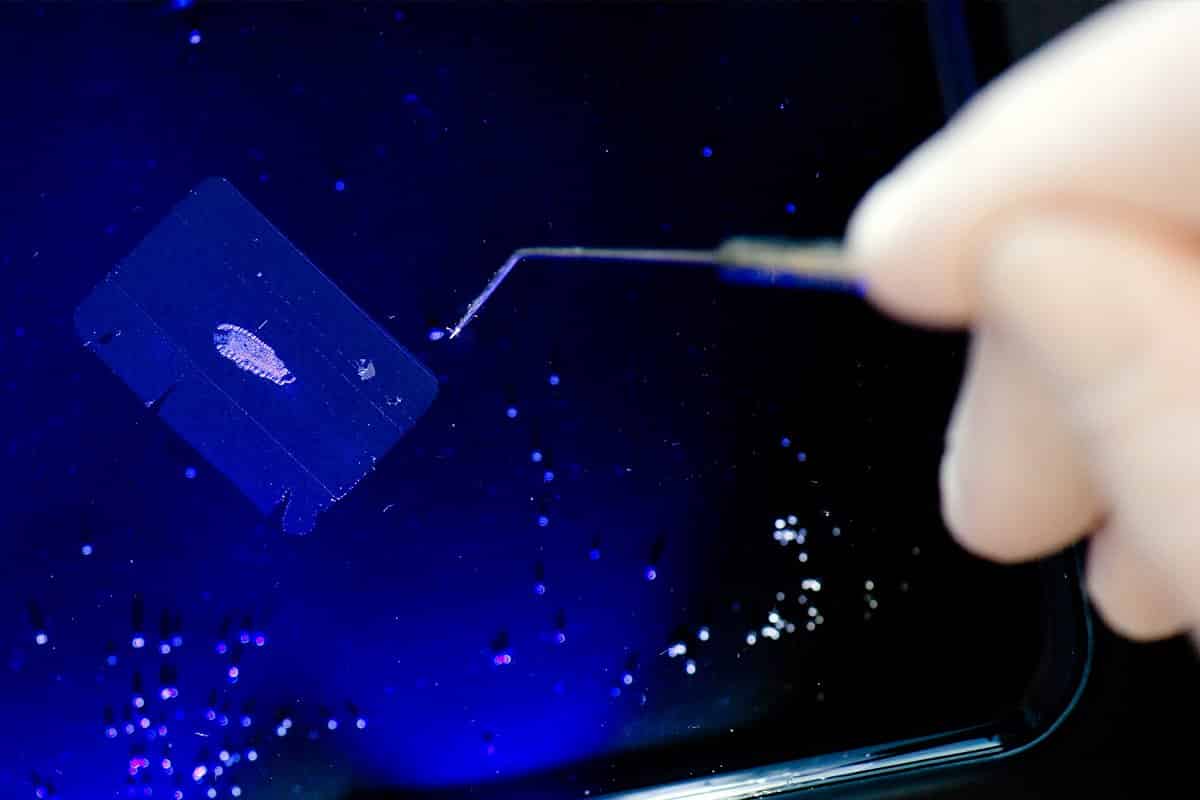Tissue Nanotransfection, also called TNT, is the regenerative technology which allows for the healing of damaged tissue as quickly as a “fraction of a second,” developed by researchers at the Ohio State University Wexner Medical Center and Ohio State’s College of Engineering.
“By using our novel nanochip technology, injured or compromised organs can be replaced. We have shown that skin is a fertile land where we can grow the elements of any organ that is declining,” said Dr. Chandan Sen, director of Ohio State’s Center for Regenerative Medicine & Cell Based Therapies, who co-led the study.
The technique works by placing a small pad of nanochips over a damaged area. A small electric current then fires DNA into the skin cells, converting them into the specific building block cells of any other part of the body, such as arteries, or even organs like the heart.
It promises to transform the chances of patients in need of complex reconstructive surgery, as well as those whose orga
ns are prematurely ageing. The researchers even believe that it could even be used as a weapon against neurological diseases like Alzheimer’s and Parkinson’s. They believe it will be possible to reprogramme skin cells to harvest brain cells in a peripheral part of the body, such as the arm, which can then be injected into the brain.The device has not yet been tested in humans, but it has proved successful with mice and pigs. In a mouse that had leg injuries, within one week the chip caused active blood vessels to re-appear, and by the second week the leg was saved. It also helped brain-injured mice recover from a stroke.
According to the researchers, the technology successfully worked 98 percent of the time. Patients do not need to carry the chip with them, they simply need to have it attached to their skin for a few seconds to start the reprogramming of cells. The team said they were “surprised” it worked so well.
The technology weighs less than 100 grams and has a long shelf life. It’s completely non-invasive — the genetic code is delivered by zapping the device with a small electrical charge that’s barely felt by the patient — and the procedure can be carried out without access to a lab or hospital.
This means it will have a significant impact on the lives of those involved in medical emergencies where time is a crucial factor, such as car crash victims and soldiers injured in the field. It’s still waiting for FDA approval, but researchers expect testing on humans to start within the year.































I had prepared a scaffold which can be use for scar less wound healing. Experiments showed that.